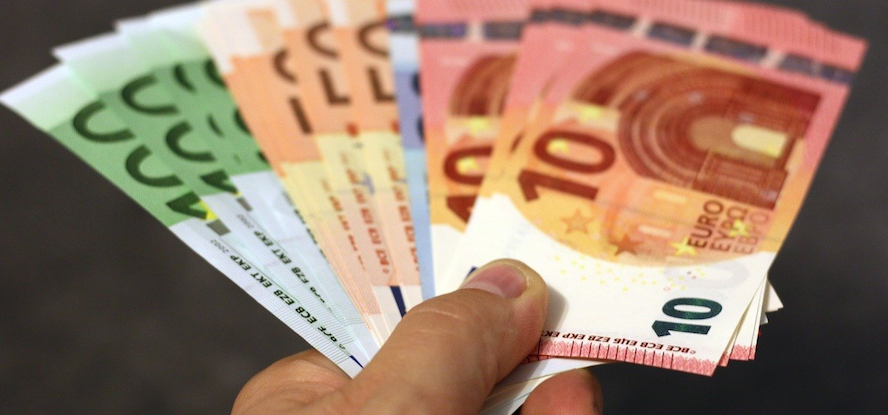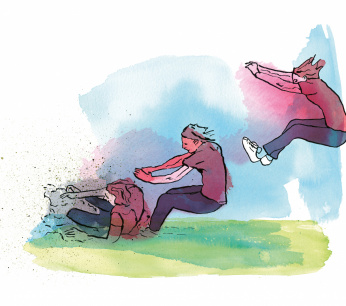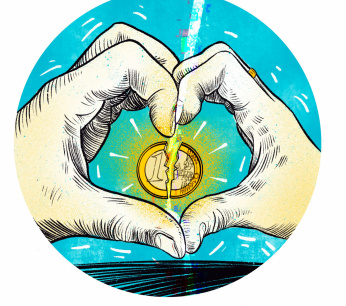Political parties promise billions in extra for education
Most parties want to spend billions on education after the elections, but not all. The VVD - the largest party in the House of Representatives and the polls - will only allocate 100 million extra on balance. D66, PvdA and GroenLinks lead the list of educational investments. The latter party owes this in part to the introduction of start-up capital for young people.

Image: Pixabay
That appears from 'Choices mapped out 2022-2025', the calculation of the election programs published today by the Central Planning Bureau (CPB). The planning office compares the new plans with the existing situation. If policy remains unchanged - read: without new investments - education would increase by 1,2 billion. The extra investments in the overview below therefore come on top of that so-called 'basic path'.
| Party | Extra investment compared to. unchanged policy (billions of euros) | In previous elections (billions of euros)* |
| VVD | 0,1 | 0,1 |
| CDA | 1,3 | 0,2 |
| D66 | 7,4 | 3,8 |
| Green Left | 8,4 | 2,8 |
| SP | 4,2 | 1,2 |
| PvdA | 8 | 2,6 |
| Christian Union | 4,5 | 0,6 |
| SGP | 0 | 0,2 |
| Think | 3,9 | 0,9 |
| 50Plus | 0,7 | Nvt |
* In the previous election, the base path was +300 million.
Source: CPB, Choices in Map 2022-2025 and 2018-2021
It is clear that almost all parties want to spend a lot more money on education than four years ago. For example, D66, GroenLinks, SP and PvdA want to allocate 900 million extra annually to close the pay gap between teachers in primary and secondary education. The ChristenUnie also wants to equalize wages, but links this to 'a new authorization system and associated job classification system'.
In addition, the 'intensifications' must be achieved, among other things, in smaller class sizes, salary improvements, more time for educational development and a reduction in the workload in higher education. D66, GroenLinks, ChristenUnie and Denk specifically want to invest in appropriate education.
Supplementary grant
Many parties are taking the purse to abolish the loan system, but they are also making other choices here. For example, the CDA wants to structurally allocate 1,5 billion euros for an income-dependent basic grant, but is abolishing the supplementary grant. Other parties, D66 and GroenLinks, are actually broadening the supplementary grant. At SP and PvdA, 1,2 billion will go to the introduction of the basic grant and also compensate students who have become indebted in recent years.
GroenLinks does it differently: a starting capital of 10.000 euros for students who fell under the loan system (costs: 7,7 billion euros until 2025). All young people who have turned eighteen also receive such a starting amount (costs: 2,1 billion euros structurally). Because the money is largely intended for training and development, the CPB assumes that 60 percent of it can be counted as educational expenditure.
There are significant differences between them and it is therefore clear what to choose
At the same time, this indicates the relative relativity of such figures, since the results are determined by the underlying assumptions. CPB director Pieter Hasekamp emphasized during this morning's presentation that many parties want to increase spending considerably. “There are significant differences. Choices are made and so there is clearly a choice. ”
Traditionally, the CPB examines the plans of the political parties that participate in this. A number of parties are missing, including the PVV and Forum for Democracy.
Would you like to know more about the educational standpoints of the various parties? Then click here. You will also find it on this page Education Kieskompas.


